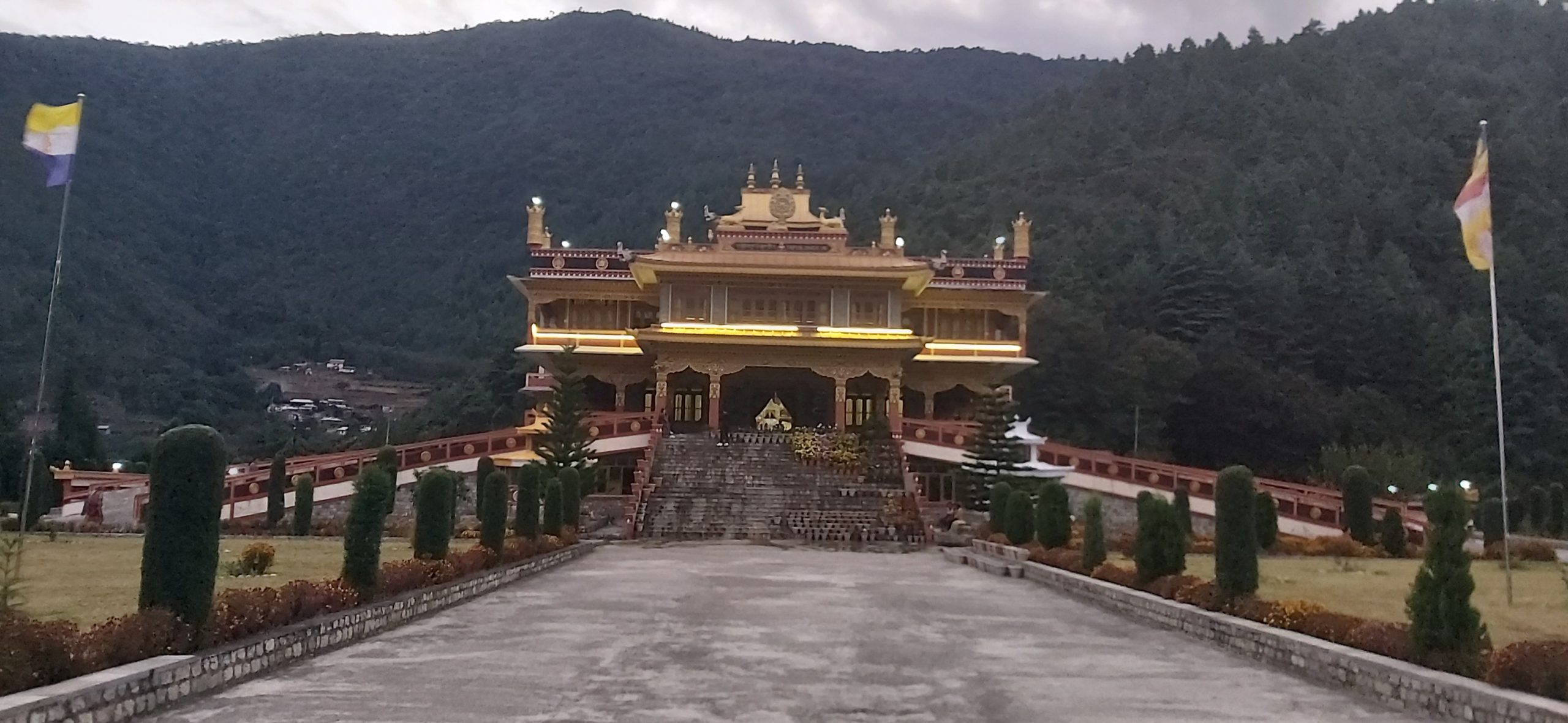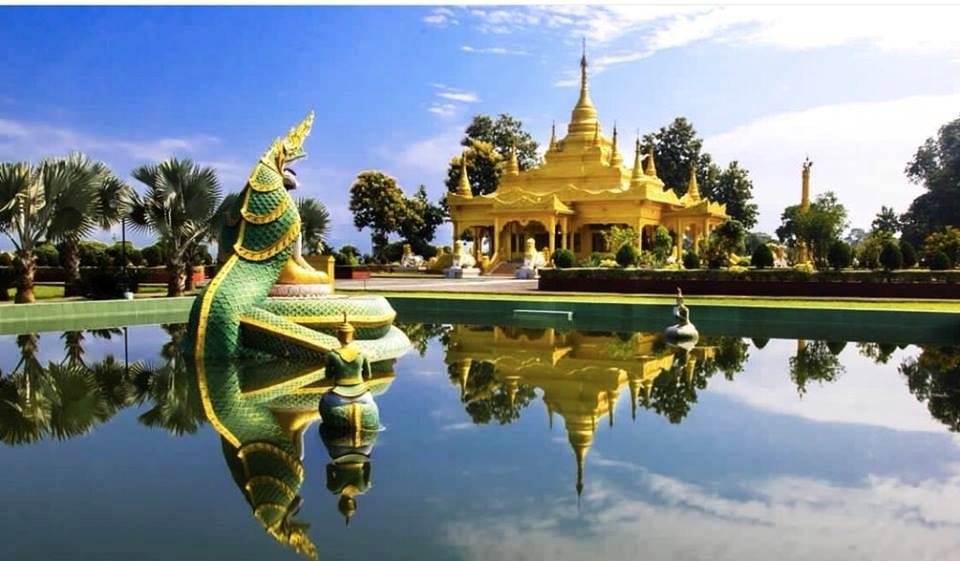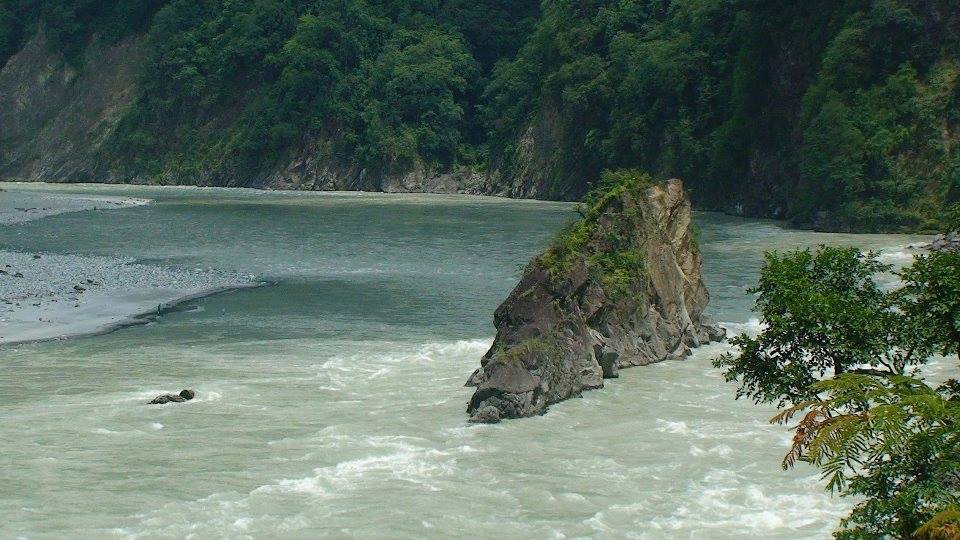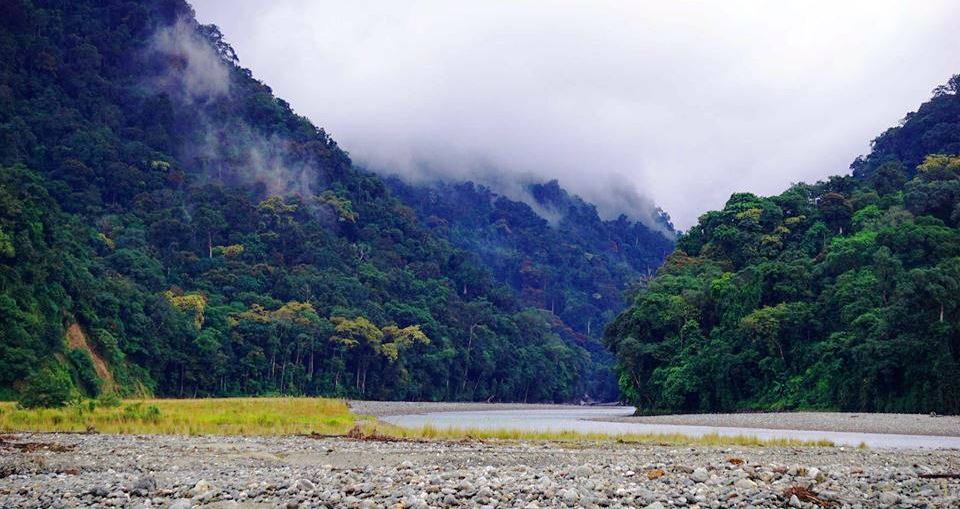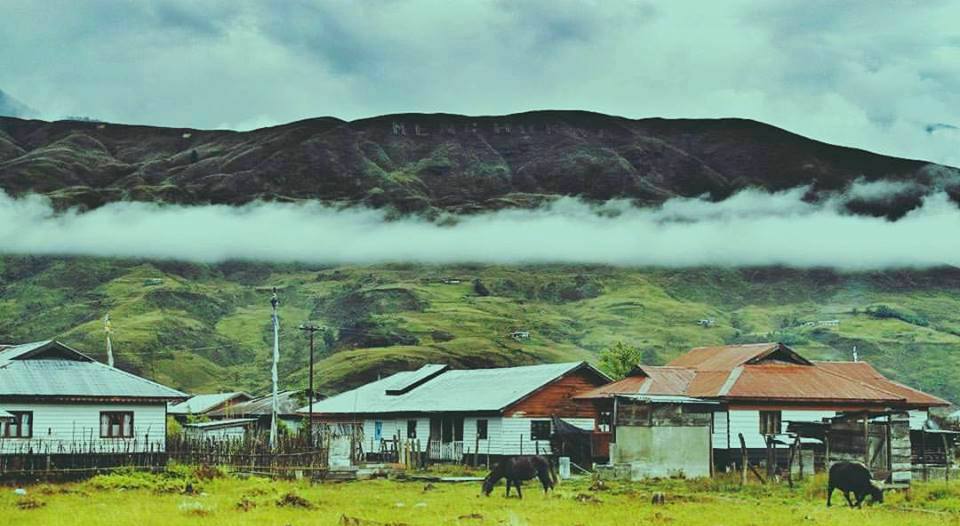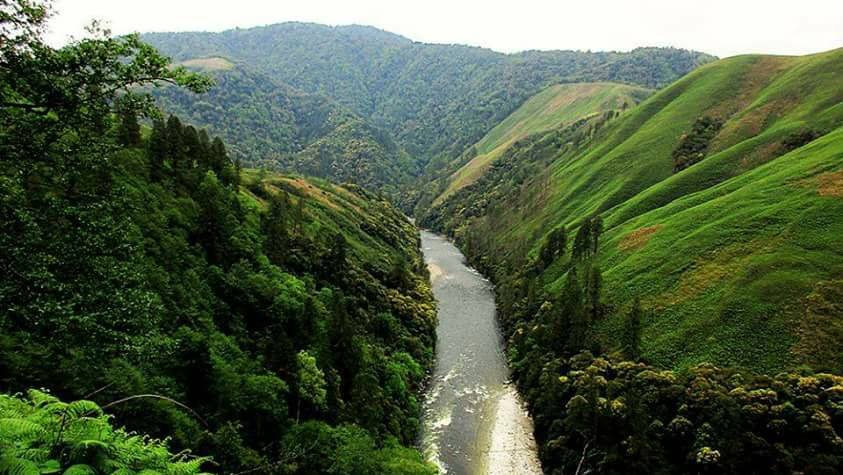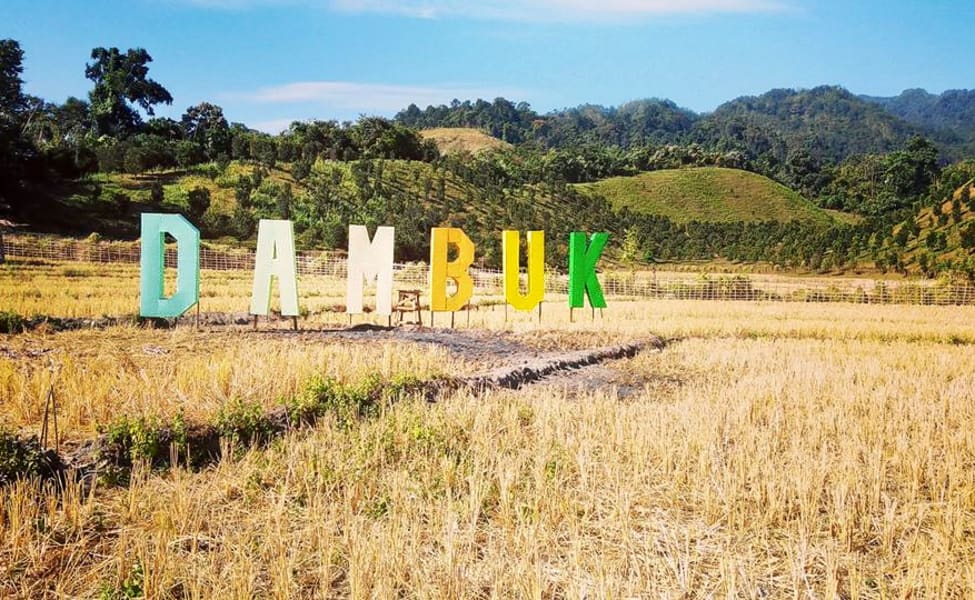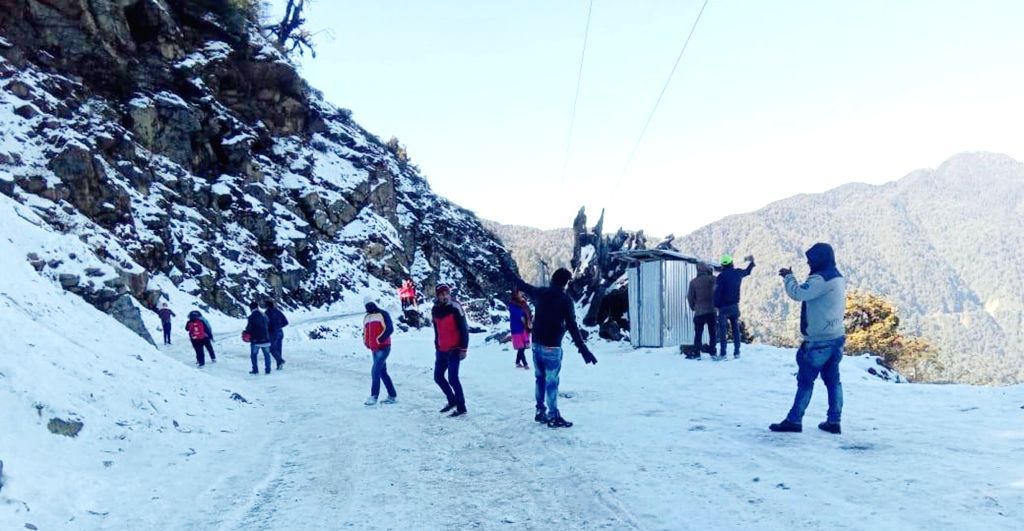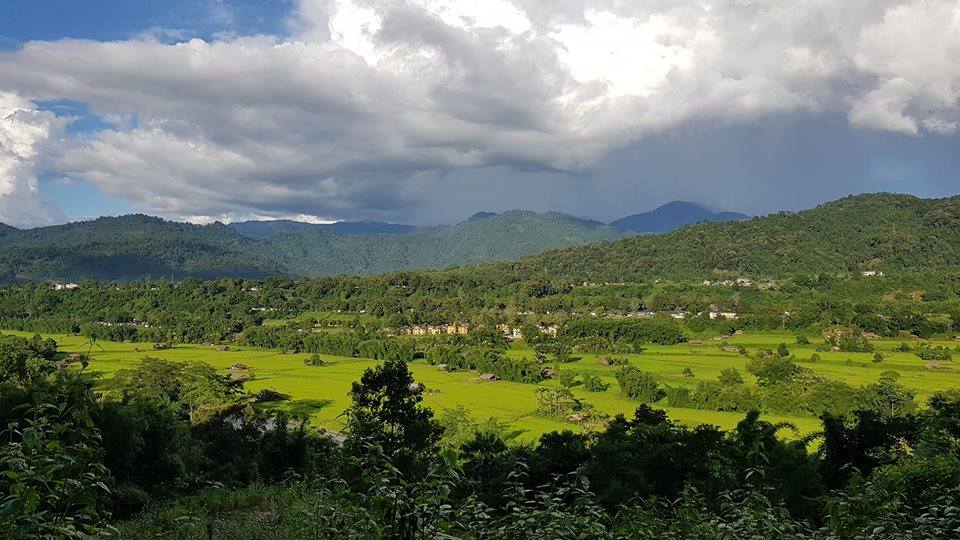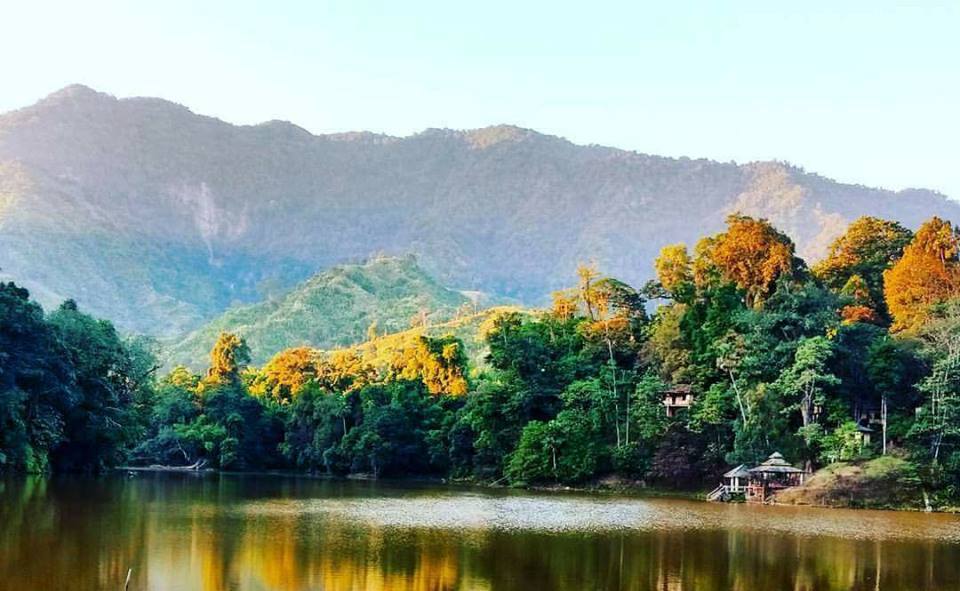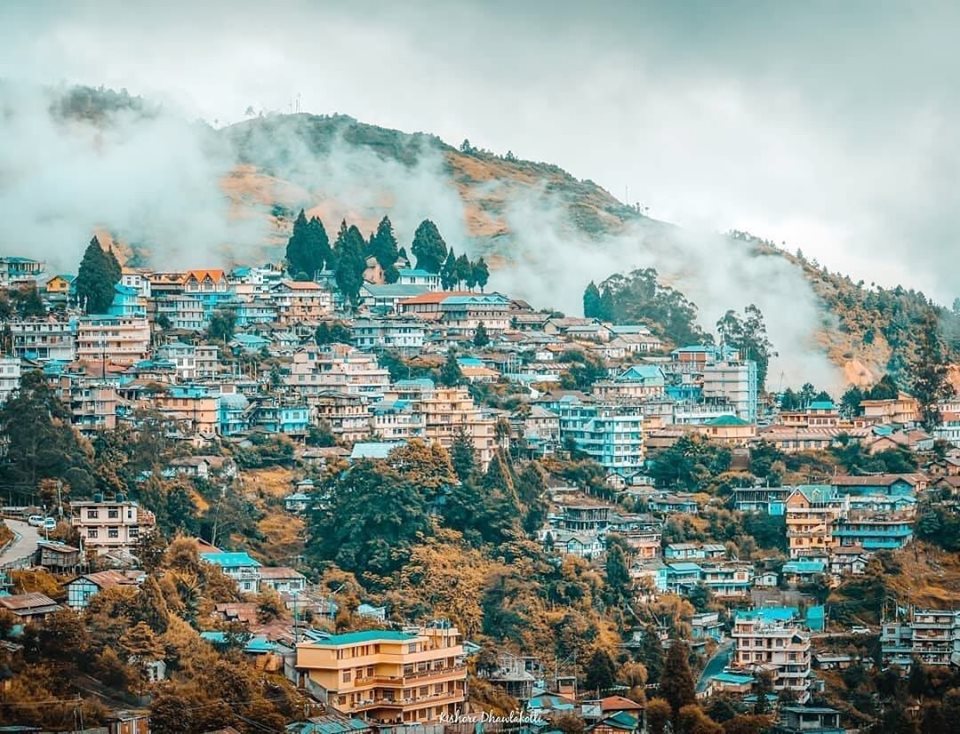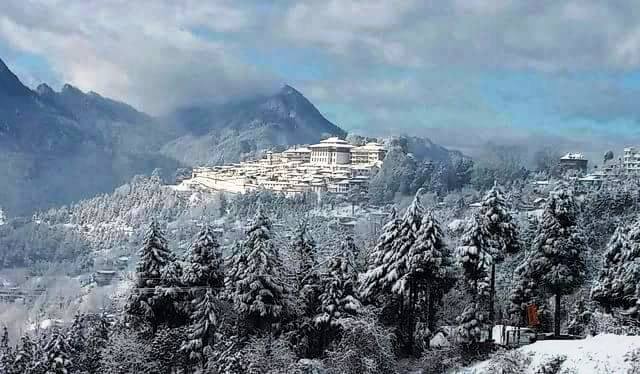There is a degree of uncertainty about the history of Arunachal Pradesh, as much of its proper ‘History’ becomes available only during the period of the Ahoms, in the 16th century. The Northwestern parts of this area are inhabited by the Monpas,a people of Tibetan descent, but living in the Indian territory of Arunachal Pradesh. They had established the Monpa kingdom of Monyul, which flourished between 500 B.C. and 600 A.D. They kept considerable historical records of their existence, written in their own language. Later this region came under the loose control of Tibet and Bhutan , especially in the Northern areas. The remaining parts of the state, especially bordering Myanmar, were under the Ahoms until the annexation of India by the British in 1858. Arunachal was popularly called North Eastern Frontier Agency (NEFA) before 1962 and was a part of Assam. Later in 1987 it became a separate state from Assam.
The inhabitants of this area are of tribal origin and have their distinct culture and heritage. The tribes consist of the Daflas, Bangnis, the Monpas and their religion is mainly Buddhism. The Apatanis were the agriculturists. The other main tribe of Arunachal is Adi, previously known as Abor meaning ‘those who cannot be controlled’ They also called themselves as Adi, with the different meaning of ‘Hill Man’.
A treaty was signed between China, Tibet and Britain in Shimla in 1913-1914, in an attempt to fix the northern boundary, known as the McMahan Line, about 550 miles long, and still in dispute between India and China. Arunachal Pradesh is surrounded by Myanmar on its east, Bhutan on the West ,China on the North and the Northeast. It is the largest State in the North E ast that covers an area of 83,743 sq km, with ever green forest covering more than 82 percent of the state. Average rain fall is about 3000mm per year and the climate varies from the sub- tropical in the south to Alpine in the north. Inhabited by 26 major tribes and a number of sub- tribes. Arunachal has the thinnest population density in India with only 13 persons per sq km. Home to more than 500 varieties of orchids. it is the only state that can claim to have four major varieties of the big cats : the jungle tiger, leopard, clouded leopard and snow leopard.




